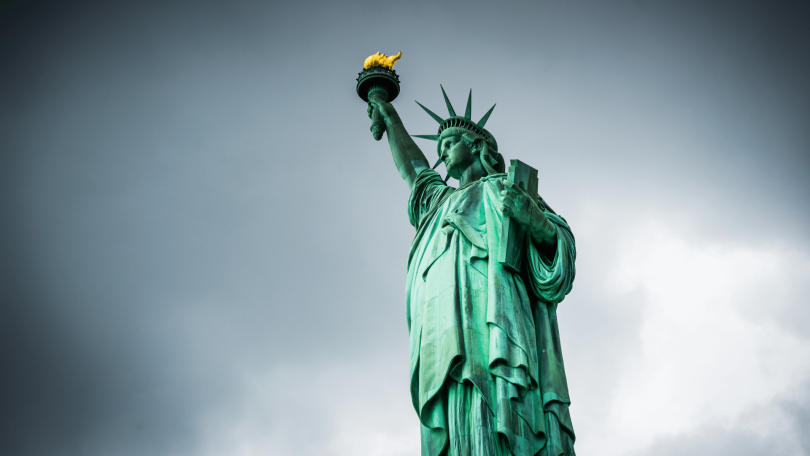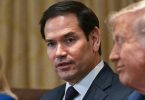As global tourism drops, the US faces the financial consequences of aggressive immigration and trade policies, putting millions of jobs at risk.
The United States was once a haven for tourists. From the sweeping mountains of the midwest, to the bustling cities of the east coast and the beaches of California – North America has some of the most diverse landscapes and communities in the world.
But it now faces a dramatic downturn in visitor numbers, with a staggering $29 billion projected to be lost in the tourism industry over the next year. President Trump’s aggressive stance on US visitors is largely to blame.
According to a report by the World Travel & Tourism Council (WTTC), the US was revealed as the only country out of 184 analysed to see international visitor spending decline in 2025. Trump’s immigration crackdown, travel bans, and sweeping global tariffs have all been deemed major deterrents for potential tourists.
This has now been bolstered by a ‘visa integrity fee’, introduced as part of the President’s ‘Big Beautiful Bill.’ The legislation will charge incoming tourists $250 if they wish to enter the US without a tourist visa – but despite Trump’s claims this will strengthen immigration enforcement, it’s likely to place a financial burden on potential visitors and drive them elsewhere.
‘While other nations are rolling out the welcome mat, the US government is putting up the ‘closed’ sign,’ said Julia Simpson, president and CEO of WTTC. Given the government’s inflammatory rhetoric around immigration and tourism, this shift doesn’t look set to change, either. The economic consequences are thus hard to gauge but almost certain to be damning.
‘Given we’re halfway through the year and we’ve seen these impacts, we don’t know when the stiffest headwind is, but I think it does stay sustained,’ Aran Ryan, director of industry studies at Tourism Economics, told Forbes.
Given Trump’s populist politics it may come as no surprise that priority is being placed on domestic travel. But as the WTTC points out, even growth in this area can only do so much to mask national vulnerability.
In 2024, nearly 90% of all tourism spending in the US was domestic, with Americans choosing to holiday at home in large numbers. This points to a major loss of power in the international market – which is ultimately where real tourism growth lies.
Policies like the Muslim Ban and restrictions on travel from certain countries have fostered an image of the US as an unwelcoming destination. These moves have not only tarnished the country’s reputation but also prompted many to seek out more open and friendly alternatives.










